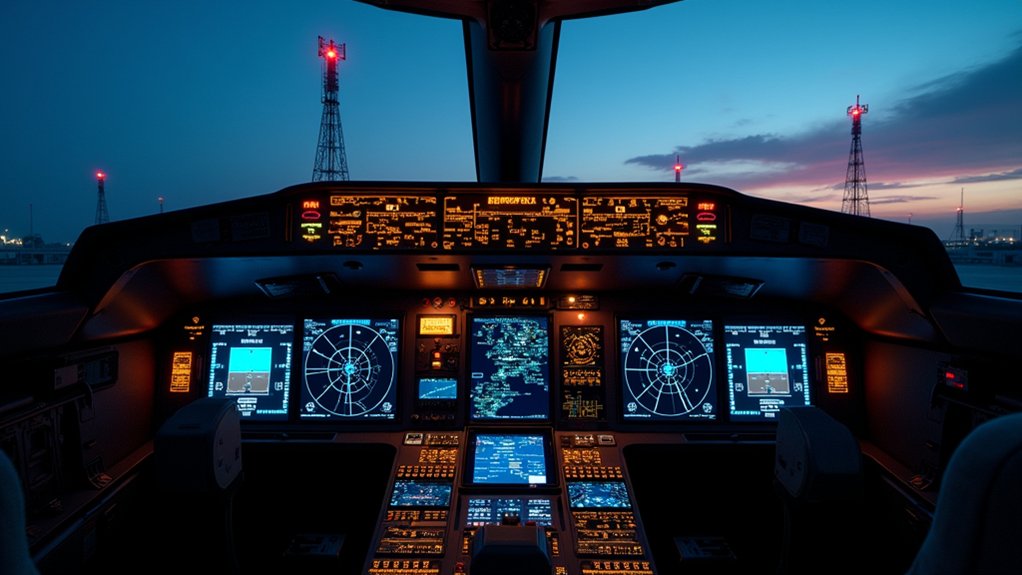As digital transformation accelerates across aviation and defense sectors, the cyber security market within these industries faces unprecedented growth driven by escalating threats and technological vulnerabilities.
The aviation and defense cyber security market is projected to reach $98.21 billion in 2025, representing a substantial increase from $86.08 billion in 2024, with analysts forecasting a compound annual growth rate of 14.1% through 2025.
Market expansion continues at an accelerated pace, with projections indicating the sector will reach approximately $300.6 billion by 2034, maintaining a strong CAGR of 14.4% from 2025 to 2034. This dramatic growth trajectory reflects the industry’s response to heightened connectivity demands, persistent nation-state threats, and mounting concerns over data breaches across critical infrastructure systems.
Digitalization initiatives and automation advancements serve as primary catalysts for increased cyber security investments, as rising defense budgets and government support mechanisms provide crucial funding frameworks. Organizations implement multi-factor authentication to strengthen access controls across their digital infrastructure. Regulatory compliance requirements further necessitate extensive security implementations, creating sustained demand for advanced protective technologies and services.
Contemporary threat environments present complex challenges, including sophisticated nation-state attacks, surging aviation cyber-attacks, and vulnerabilities introduced through expanding Internet of Things deployments at airports and defense facilities.
Cybercrime reports continue rising, highlighting persistent security gaps that require immediate attention and resource allocation across both sectors. In Australia alone, reported cyber-crimes reached 76,000 in 2022, demonstrating a 13% increase from the previous year.
Technological innovations emerge as critical market differentiators, with companies like BAE Systems developing specialized products such as the Viper Memory Loader Verifier II for mission-critical applications. The market is strategically divided by component into Solutions and Services, with solutions encompassing network security, endpoint security, application security, cloud security, data loss prevention, and threat intelligence.
Industry trends stress cloud security implementations, sophisticated authentication protocols, improved threat identification systems, and cyber-physical integration capabilities that address evolving security requirements.
Quantum-resistant cryptography development represents a forward-looking approach to emerging computational threats, as cyber-toughened systems and open system designs focus on reducing lifecycle expenses without compromising security effectiveness.
Advanced maintenance tools minimize hacking risks through proactive monitoring and rapid response capabilities.
The integration of third-party software applications presents both opportunities and challenges, requiring careful validation processes and continuous monitoring to maintain system integrity.
As aviation and defense organizations adopt digital transformation, cyber security investments become indispensable components of operational resilience, driving sustained market growth through 2034 as they address increasingly sophisticated threat environments.






